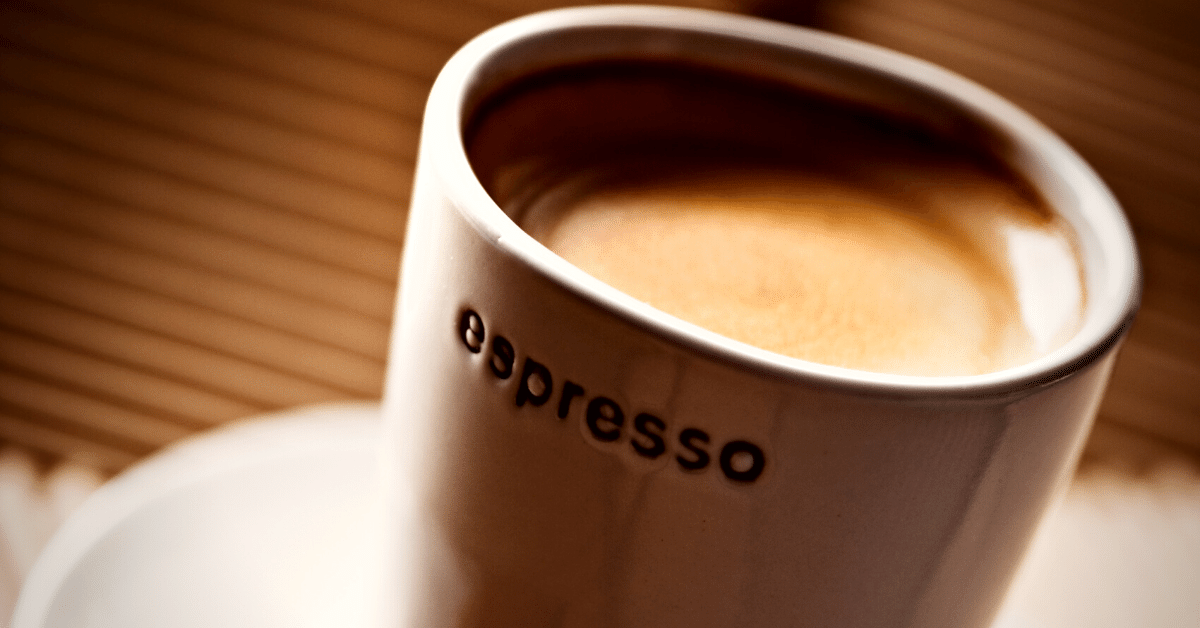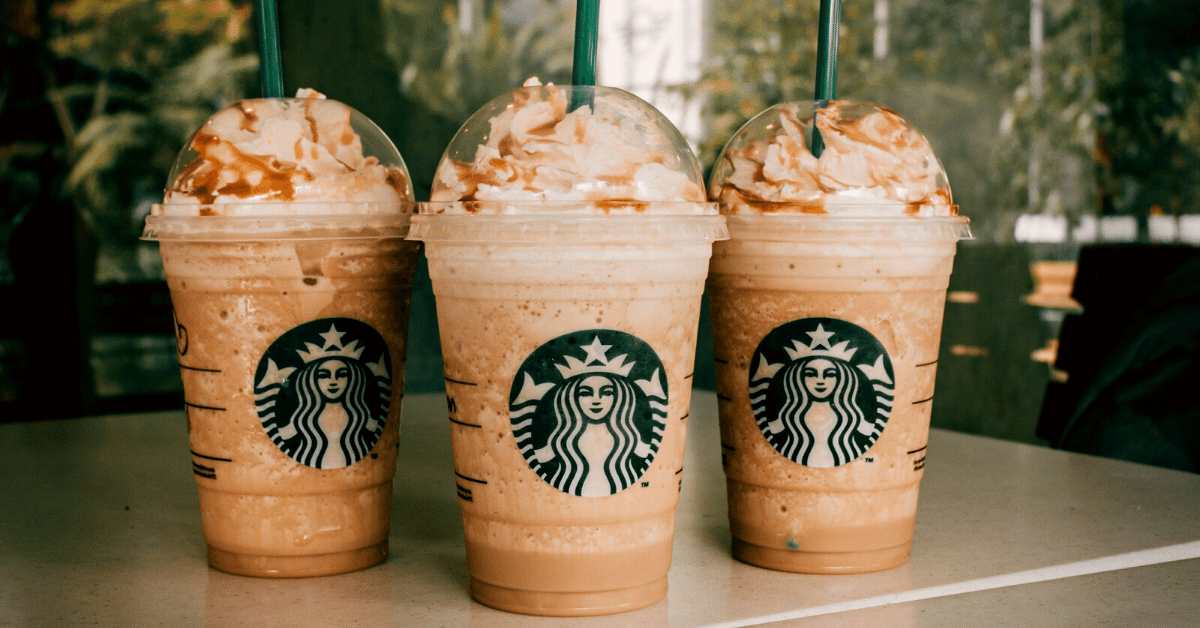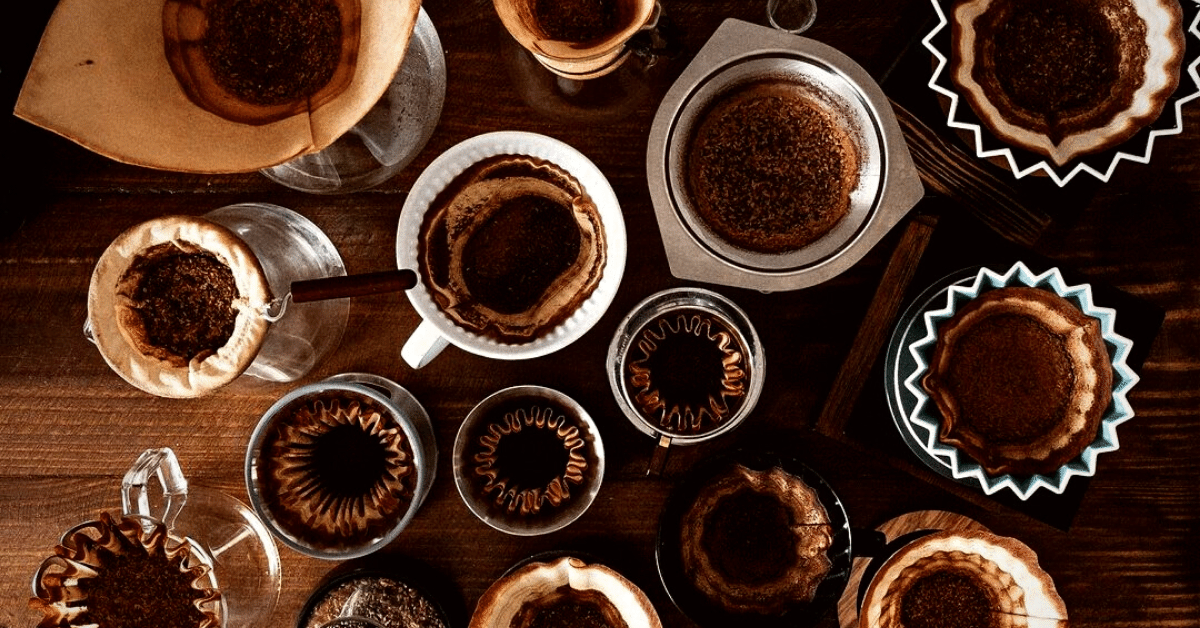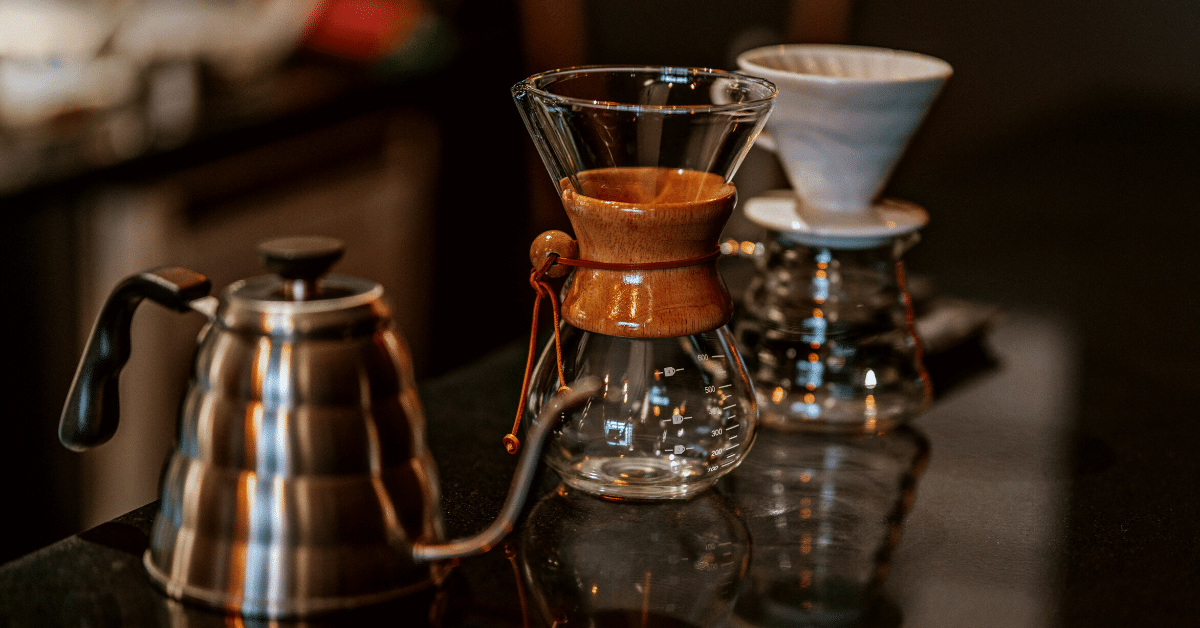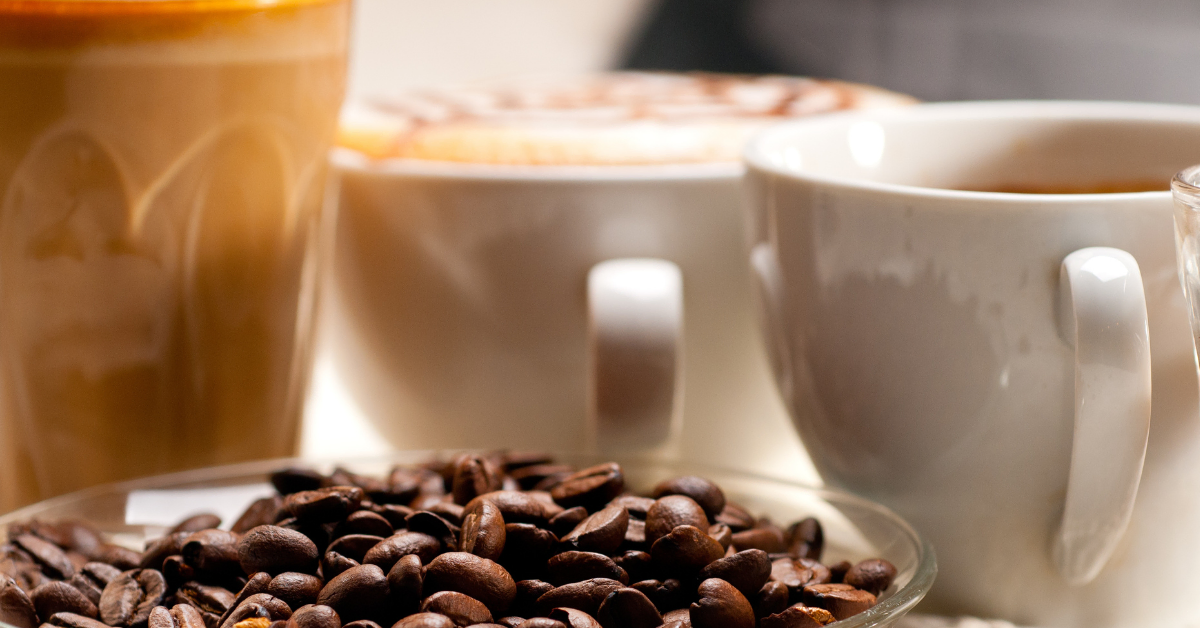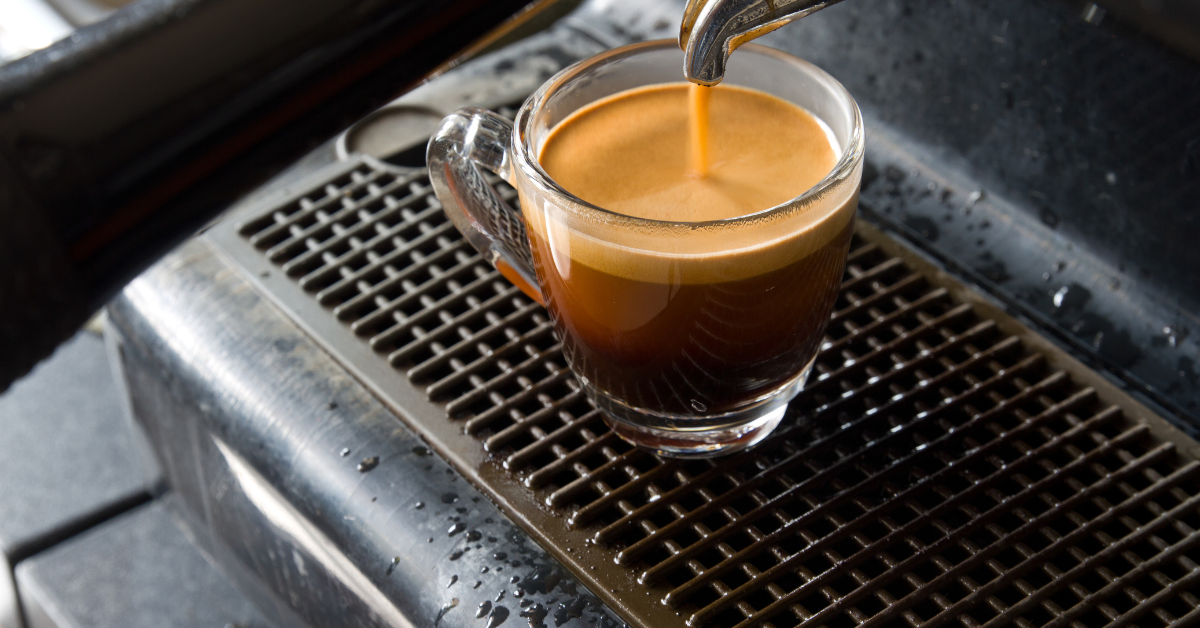Searching for the right espresso cup size for your coffee? Jump into our guide and learn everything you need to know about different espresso cups.
So, you took the plunge and bought an espresso machine.
But now that you’re (almost) a semi-pro barista, what espresso cup size should you be using when you pull a shot?
If you’re not sure where to get started when it comes to cup sizes, I’ve got you covered.
As a former barista myself, I will tell you all you need to know about espresso cups, including sizes but also material, shape, and other important factors.
That way, you can start serving up shots in appropriate espresso cups and get the full potential of your coffee.
Let’s begin!
Standard Espresso Cup Sizes
Espresso coffee comes in different sizes. The most common are:
- Demitasse
- Lungo
- Doppio
- Americano
To help you figure out which you should be using, let’s take a closer look at what each cup size is all about.
Demitasse
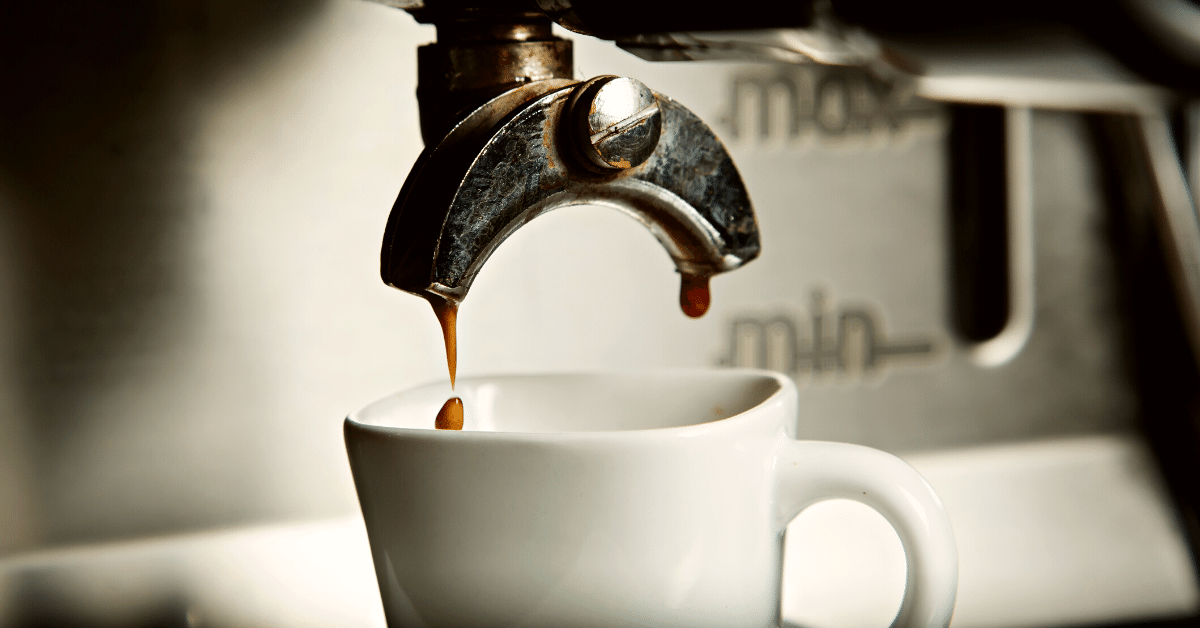
Demitasse is a standard 2-3 oz espresso cup. It’s the best espresso cup for ristretto and regular espresso.
Demitasse is a French term that means half cup in English. It’s a small espresso cup size that can hold 60 to 90 ml of coffee.
As you probably guessed from the name, this cup size can hold half of a regular cup of coffee.
The French Demitasse goes by other names in various parts of the world, such as:
- Demi Cup
- Demitasse kop in Danish
- Child’s Size
- Mokkatasse in German
- Copo Demitasse in Portugal
Demitasse cups are only 2 to 2.5 inches tall. Some coffee shops serve their demitasse cups with a saucer, while others will just give it to you straight.
What’s interesting about these cups is that they’re not just used for espresso.
Turkish coffee and Greek coffee are also often served in demitasse cups. While it’s less common, other restaurants also use this cup size to serve hot chocolate.
Lungo
Next up is the Lungo Cup.
Lungo is another foreign word, this time Italian; it means “long.”
So, when you order an espresso lungo, it will generally be larger than a standard espresso size.
Why? Because the barista pulls the shot for a longer amount of time.
Let me make things a bit simpler for you. A regular espresso shot has 30 ml (1 ounce) of water with an 18 to 30-second pull time.
A lungo shot, on the other hand, contains 60ml of water and can take up to a minute to pull!
Lungo shots are less bitter and not as intense as standard espresso. As a result, they’ve become quite popular, so many espresso machines now come with preset lungo shot options.
Lungo shots are typically served in 5-ounce cups, which are actually right around the standard coffee cup size. Most people can’t even tell the difference!
Doppio
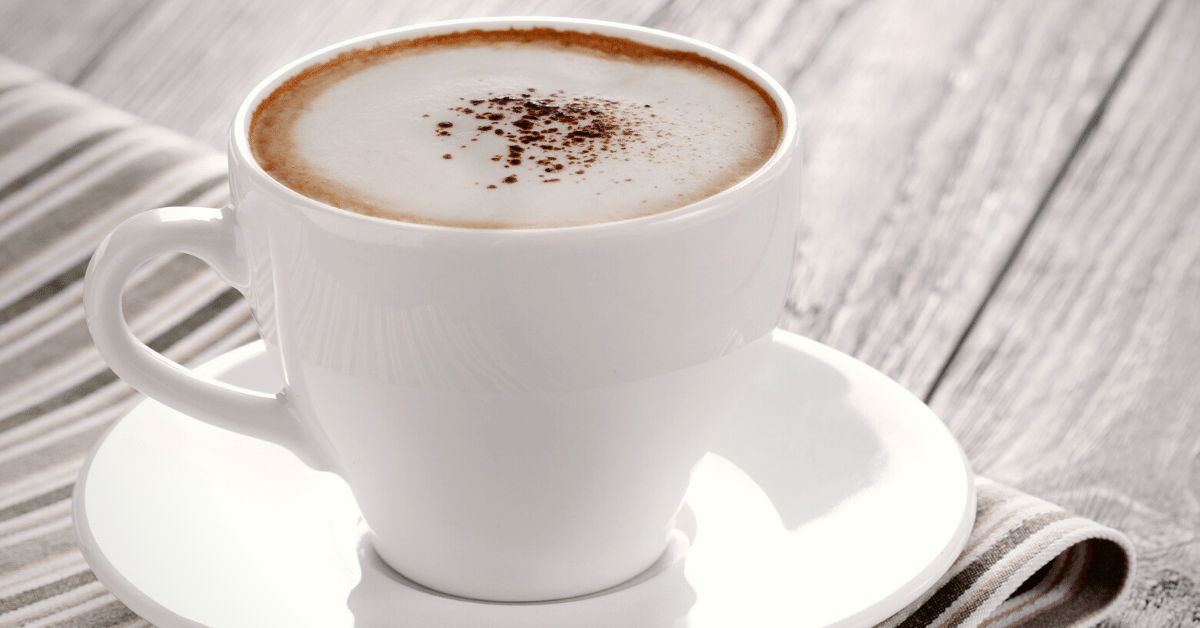
Beginner baristas often mistake doppio for lungo, but there’s an easy way to tell the difference—a doppio means double espresso shot.
A doppio tastes the same as a single espresso, except, of course, there’s more to drink.
Usually, it’s served in a 3-ounce (90 ml) espresso cup.
Doppio is Italian for double, so when you’re in Italy, you can impress the barista by ordering one. Just don’t blame me if they start speaking to you in Italian afterward!
This espresso cup size contains at least 60 ml of coffee. Its caffeine content ranges from 140 to 160 mg.
A doppio has a similar water-coffee ratio as a single shot. It’s just doubled to give you more espresso.
Overall, the aroma, taste, and caffeine concentration are all the same.
Curious to uncover the secrets of doppio coffee? Read our article on what is doppio coffee, and expand your knowledge about this powerful brew.
Americano
Americano mainly differs from a doppio because of additional hot water added to the espresso.
This standard cup size is made with a single espresso shot pulled into a 6-8-oz glass. After pulling the espresso shot, baristas add hot water on top.
The result is a coffee drink with a less concentrated taste compared to other espresso cup sizes. Despite that, it’s still fairly caffeinated, containing around 80 mg of caffeine.
In terms of cup size, Americano is served in a 6-ounce coffee mug. These are slightly larger than your standard coffee cup.
NOTE
In many coffee shops, you can actually order multiple sizes of americano! If that’s the case, they’re almost always served in to-go paper cups that correspond with the drink size.
Cup Sizes for Espresso-based Drinks
Okay, so you know the basic cup sizes for pure espresso.
But what about other espresso-based drinks? Do they all come in teeny-tiny coffee cups?
Other espresso-based drinks also come in various sizes, depending on what you’re drinking.
Let’s take a look at cup sizes for a few common beverages.
Cappuccino
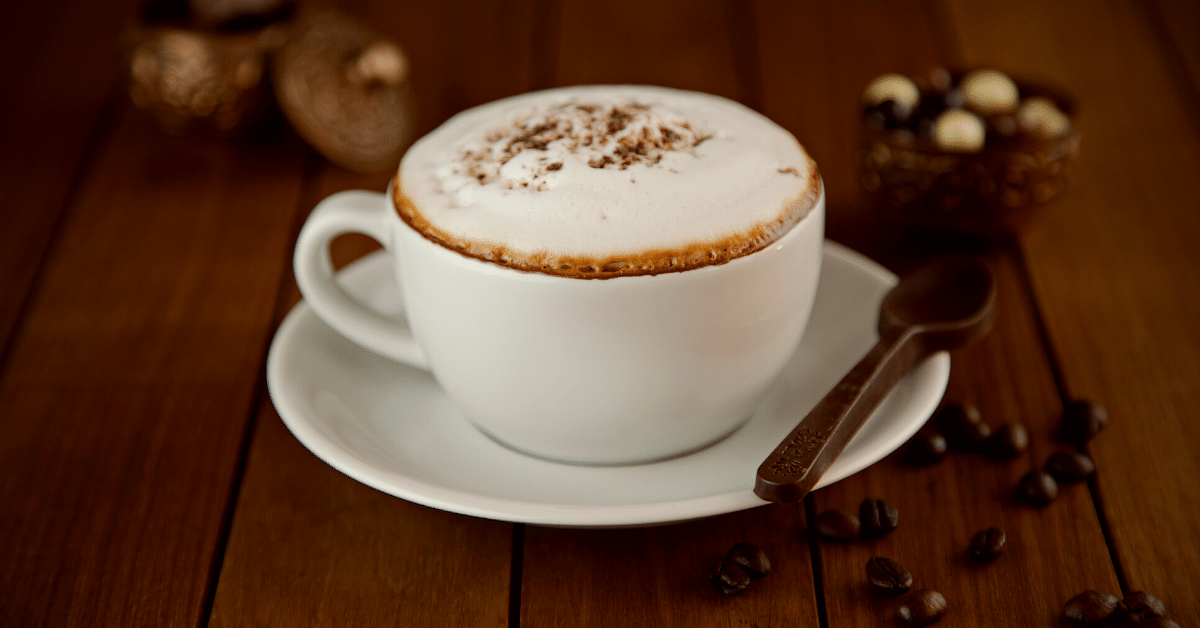
A cappuccino is an espresso-based drink combined with steamed milk with creamy foam on top. Coffee shops typically serve a cappuccino in a 180 ml or a 6-oz cup.
If you decide to make one at home, controlling how much milk you add is essential. This is because the espresso shot size is standard.
Otherwise, your cappuccino becomes too milky with less coffee strength. It’s like drinking a latte instead.
Cups used for serving cappuccinos have wide rims with narrow bases. It’s also common to serve them with saucer plates and teaspoons.
NOTE
If you order a cappuccino in many countries in Europe, you’ll be treated to a small biscuit or shortbread alongside it!
Latte
A latte is an espresso-based drink with foam on top and steamed milk. The standard espresso mug size for this beverage is 12 ounces or 360 ml.
If you see a latte cup, you’d think it’s a bowl. Latte cups can hold as much as 443 ml of your favorite coffee.
Thanks to the cup’s wide shape, it’s easy to pour steamed milk and create beautiful latte art. That’s why many baristas add this cute addition to your drink.
Because the cup is so big, you can also add any extras you desire to add to upgrade your latte. The cup can accommodate add-ins like whipped cream or flavored syrups.
Cortado
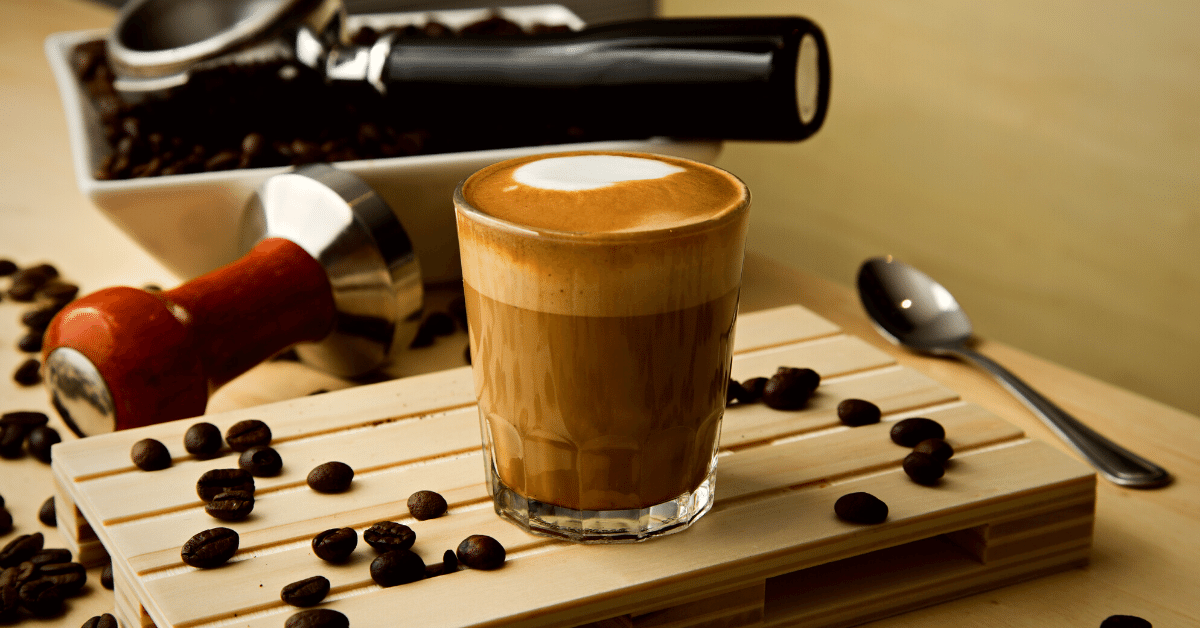
A cortado is a less traditional espresso-based drink with milk.
Coffee shops typically serve this in a 4-oz or 120 ml cup. You can also find several restaurants serving it in a Gibraltar cup or clear rocks glasses.
Wait for a second, you’re probably thinking. Isn’t that just a cappuccino?
Well, not quite.
The main difference between a cappuccino and a cortado is its espresso shot. Cortados contain double shots of espresso, while cappuccinos only have a single shot.
Also, a cortado would have equal espresso and milk ratio. This makes the drink taste less intense, combined with the milk’s creaminess.
However, the drink presentation is similar.
Flat White
Another espresso-based drink combined with steamed milk and microfoam is flat white.
Before we go any further, let me just explain microfoam quickly. Microfoam is a combination of steamed milk and infused air. The combination creates textured and silky milk with tiny air bubbles.
Most baristas serve flat white in a cup ranging from 5 to 6 ounces.
Many baristas also prefer to serve flat whites in clear glasses. That way, you can view the different layers of the drink!
Espresso con Panna
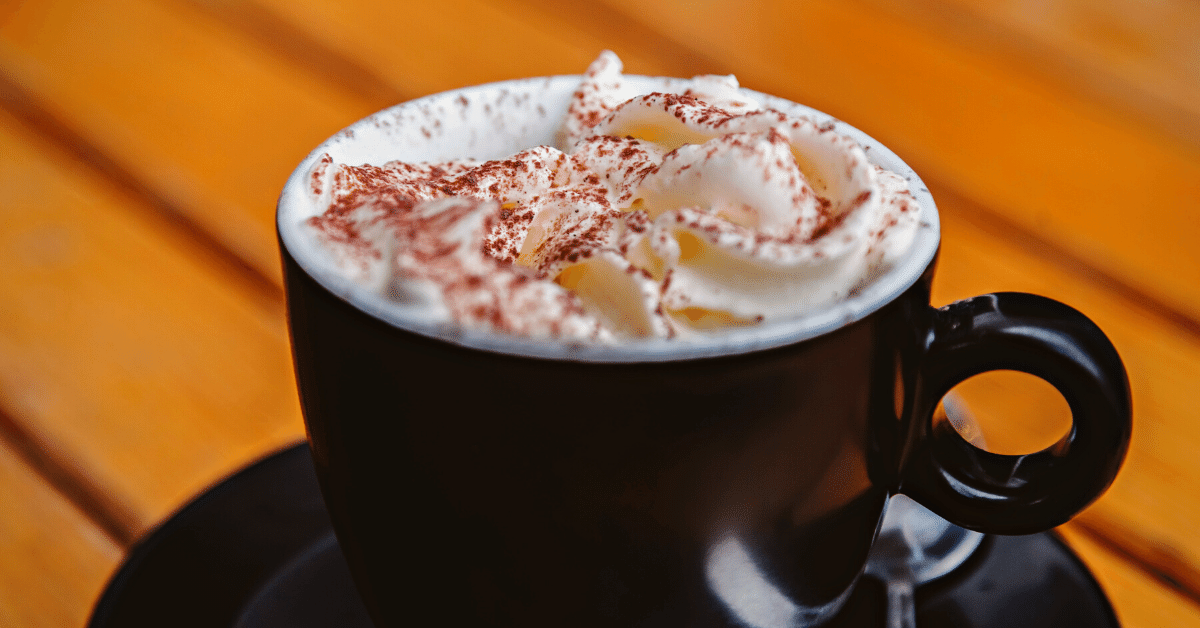
My personal favorite espresso beverage is an Espresso con Panna.
Espresso con Panna is Italian for “espresso with whipped cream,” and that’s exactly what the drink is!
This beverage is typically a doppio shot topped with an equal amount of whipped cream.
Because the beverage is so small, you don’t need a big cup. This espresso-based drink is normally served in a 3-oz or 90-ml cup or a demitasse.
A Guide to An Espresso Cup
You’d probably be surprised to hear that your espresso cup can actually play a role in your coffee-drinking experience.
There are four major factors that come into play:
- Material
- Shape
- Rim
- Color
Let’s go over each of these factors in detail.
Material
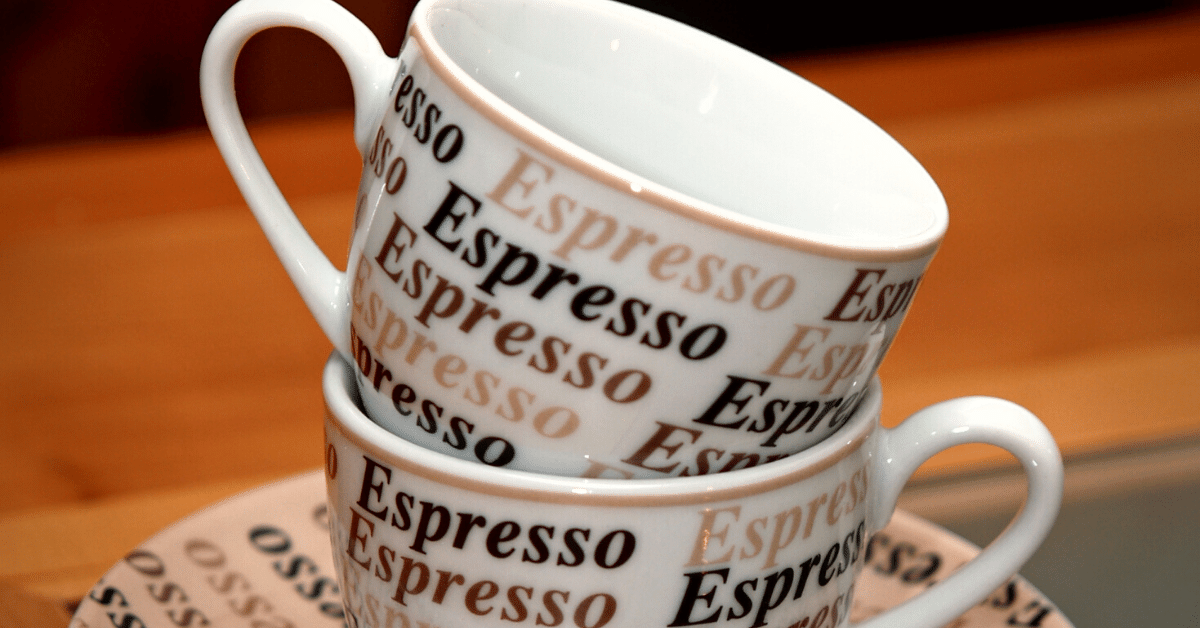
The first thing to note is the material. Although there are a number of different materials for espresso cups, not all are created equal.
If you want a material that prevents your espresso from going flat quickly, choose porcelain.
Porcelain cups, especially high-fired ones, are durable and less prone to breaking.
Another benefit of porcelain is its ability to distribute temperature evenly. This ensures that while you’re drinking your espresso, the coffee stays warm the entire time.
You might also find a few coffee shops serving espresso in glasses. However, I’d be lying if I said this was the best material.
Some coffee shops use glass for aesthetics since you can see the even layers of espresso, milk, and microfoam. But, it doesn’t tend to hold temperature as well.
If you decide you want to use glass anyway, look for double-walled options.
Shape
The perfect shape for your espresso is one that hugs your coffee. It should have a tapered bottom, so the crema floats on top.
The tapered design also allows the espresso’s aroma to rise.
Another benefit of a tapered cup is that the coffee can mix more easily with add-ins such as cream and syrup.
You might find unique and funky cup shapes sold on the market. They may look fun and appealing, but coffee connoisseurs and baristas don’t recommend getting them.
They can affect your coffee’s aroma and flavor, which is why it’s best to steer clear.
Rim
A cup’s rim can be thick or thin and sharp or rounded. For the best drinking experience, I recommend getting cups with thick, round rims.
This shape will allow your lips to sit on the cup comfortably. It’ll also let your coffee roll into your mouth smoothly.
Color

If I’m being honest, the color of the cup isn’t a big deal. It more or less boils down to your personal preference.
However, what I do recommend looking for is a cup with a white interior.
White lets you appreciate the combination of caramel cream tones and espresso’s rich color. This is the reason why Italian cafes always serve their espresso in cups with a white interior.
FAQ
Now that you’ve got all the details on espresso cup sizes, it’s not uncommon to have a few new questions crop up.
Here are a couple of frequently asked questions to help you out.
Why is espresso in a small cup?
The right espresso cup size affects the coffee’s overall taste and temperature. If the cup is bigger than 90 ml, the crema can spread out and become thin, disappearing quickly. Large cups also have poorer temperature distribution, so your coffee can go cold.
How big is a Starbucks shot of espresso?
A standard espresso shot from Starbucks is 0.75 oz with 75 milligrams of caffeine. It takes about 18 to 23 seconds to pull a Starbucks espresso shot.
Do espresso cups need handles?
Espresso cups don’t need handles, but they can make it easier to grip the cup. Just avoid thin handles or overly small handles that could be tough to hold.
Final Thoughts
There are different espresso cup sizes, each of which brings out different parts of the espresso’s flavor profile.
Standard espresso is served in a 2-3 oz demitasse cup, while other variations and espresso-based drinks come in larger cups.
Of course, you can put your espresso drink in any mug size, even a travel mug.
But, if you want to really enjoy the nuances of your espresso, it pays to find a cup that complements the type of drinks you make!
Wondering what the deal is with Starbucks’ to-go cup sizes? Check out our guide on different sizes of Starbucks drinks!

